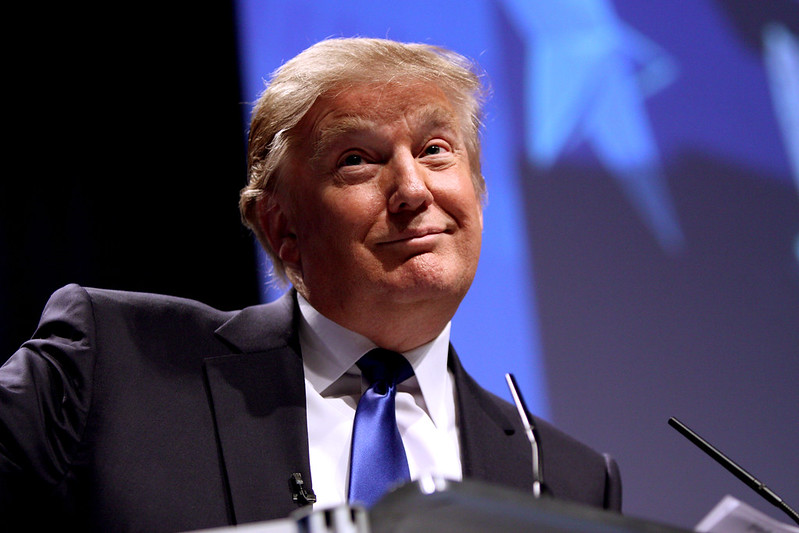
Last week, the Trump administration announced a plan to lower out of pocket insulin costs for American seniors. This proposal will drive significant savings to millions of seniors through negotiation with the private sector, not price controls.
Under the proposal, released by the Centers for Medicare and Medicaid Services (CMS), 1,750 Medicare Part D plans and Medicare Advantage Prescription Drug Plans have agreed to offer a range of insulin products at a maximum copay of $35 for a month’s supply.
According to CMS, seniors in all 50 states, the District of Columbia, and Puerto Rico will have access to a plan that offers insulin at this lower cost. Under the model, the average senior could see savings of 66 percent, or $446 in annual out of pocket costs. Over 3.3 million seniors take one or more forms of insulin, so this proposal could deliver significant savings.
This proposal also addresses a key flaw in the Part D coverage benefit. Currently, seniors can have different out of pocket costs depending on which phase of the coverage benefit they are in. The administration’s proposal will fix this and give seniors a stable copay for insulin regardless of which benefit phase they are in. This will be especially beneficial for seniors that are in the coverage gap threshold (between $4,020 and $9,719 in spending), who have to pay 25 percent of the costs of insulin and other medicines.
This proposal is a welcome example of the government working with the private sector to lower prices, instead of relying on government rules or mandates to dictate prices. 88 plan sponsors and major insulin makers Novo Nordisk, Eli Lilly, and Sanofi have signed up for this model, so there is significant support for the proposal amongst industry stakeholders.
In addition, this proposal draws a stark contrast with healthcare plans proposed by members of Congress that would expand the size of government. For instance, House Speaker Nancy Pelosi (D-Calif.) has a plan to impose a 95 percent excise tax on manufacturers that don’t accept government price setting. This proposal would harm American innovation and medical development, leading to fewer cures, and less R&D in the U.S. It would also serve as a stepping stone toward moving the American healthcare system toward a single payer, socialist system, a long-held goal of the Left.
The administration’s proposal to reduce insulin costs for seniors should be applauded. Instead of adopting price controls, this proposal builds upon the success of Medicare Part D by having the government facilitate competition between the private sector. This is the right way to reduce costs in America’s healthcare system and should be a model for future reform.

